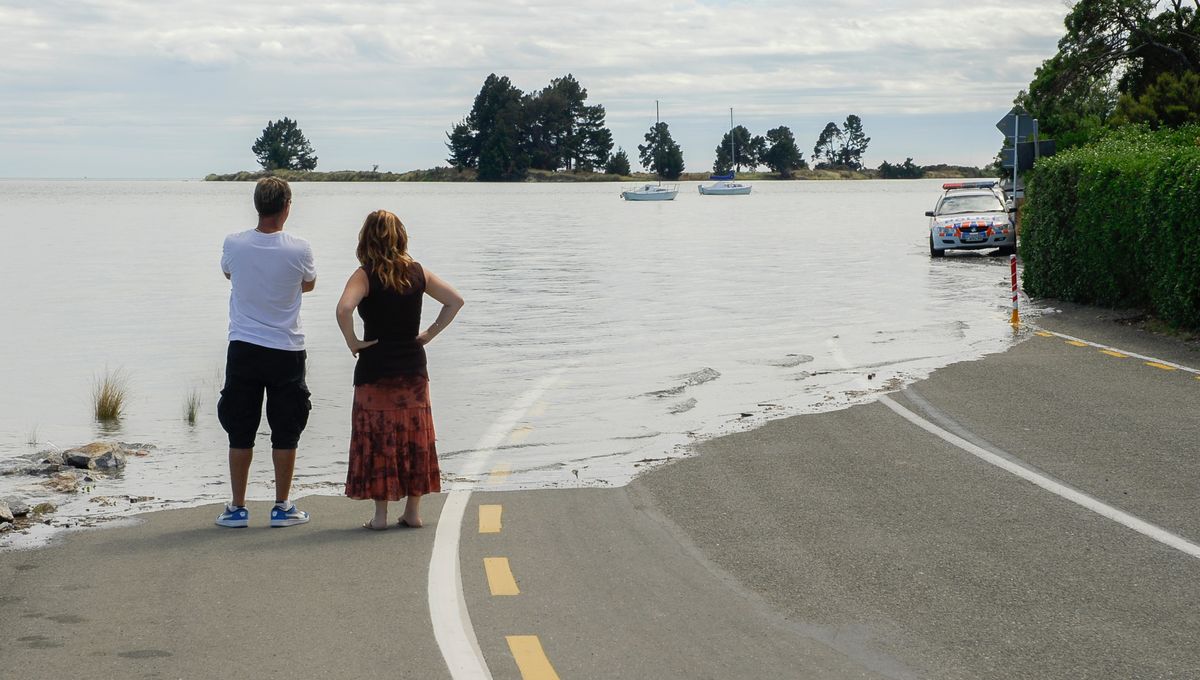
The 32nd annual State of the Climate report has been released, and it is extremely troubling news. In 2021, carbon dioxide and methane reached record highs, Earth continued to warm, and sea levels continued to rise. Despite being a La Niña year, which lowers sea surface temperatures, about 57 percent of the ocean surface experienced at least one heatwave.
“The data presented in this report are clear — we continue to see more compelling scientific evidence that climate change has global impacts and shows no sign of slowing,” NOAA Administrator Dr Rick Spinrad said in a statement.
“With many communities hit with 1,000-year floods, exceptional drought, and historic heat this year, it shows that the climate crisis is not a future threat but something we must address today as we work to build a Climate-Ready Nation — and world — that is resilient to climate-driven extremes.”
The global annual average atmospheric carbon dioxide concentration in 2021 was 414.7 parts per million, higher than in 2020 and the highest it has been in at least a million years. Methane, which is more than 25 times as potent as carbon dioxide at trapping heat in the atmosphere, was also the highest on record with 18 parts per billion, continuing the increasing trend seen in the last decade. Nitrogen oxide was also on the rise, with the third highest concentration since 2001.
The planet’s annual global surface temperature was 0.21-0.28°C (0.38-0.50°F) above the 1991-2020 average, making it among the six warmest years on record. The last seven years were the seven warmest years on record.
Both Antarctica and the Artic faired better than the last few years, but with exceptions. Two stations in Antarctica experienced some of the highest temperatures on record, and the Arctic experienced its second lowest amount of multi-year ice on record.
For the 10th consecutive year, sea levels have risen. Now they are 9.7 centimeters (3.8 inches) higher than the 1993 average – when satellite measurement records began. The amount might appear modest, but a small difference in sea level can massively contribute to storm surges, which are also made more likely by climate change. In 2021, there were 97 named cyclones in the Northern and Southern Hemispheres.
The report, published by the Bulletin of the American Meteorological Society (AMS), is based on contributions from over 530 scientists in more than 60 countries. It’s the most comprehensive report on the state of the climate with detailed measurements of climate indicators, weather events, and data from sea, land, ice, and space.
“The 2021 AMS State of the Climate provides the latest synthesis of scientific understanding of the climate system and the impact people are having on it,” said AMS Associate Executive Director Paul Higgins. “If we take it seriously and use it wisely, it can help us thrive on a planet that is increasingly small in comparison to the impact of our activities.”
While the findings may be daunting, it is not too late to reduce the impact of the climate crisis, but it will take a planet.
Source Link: Carbon Dioxide In 2021 Hit Concentrations Not Seen In A Million Years